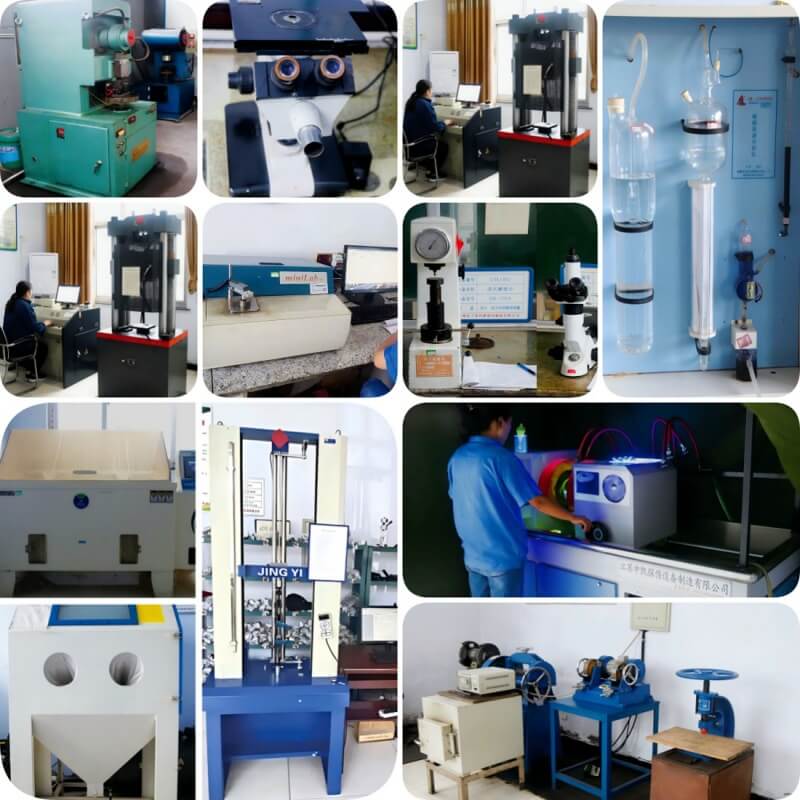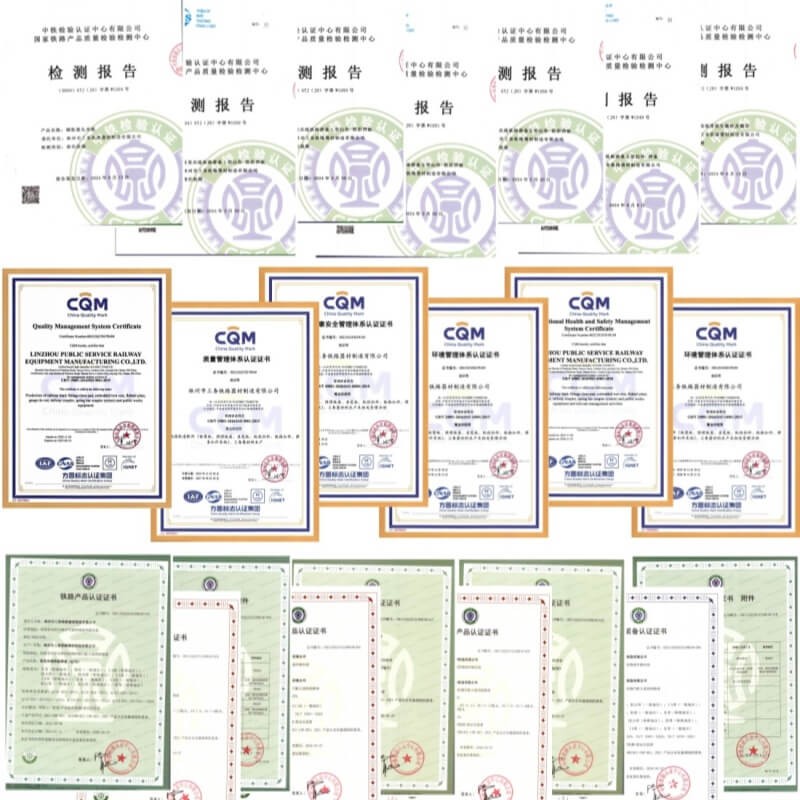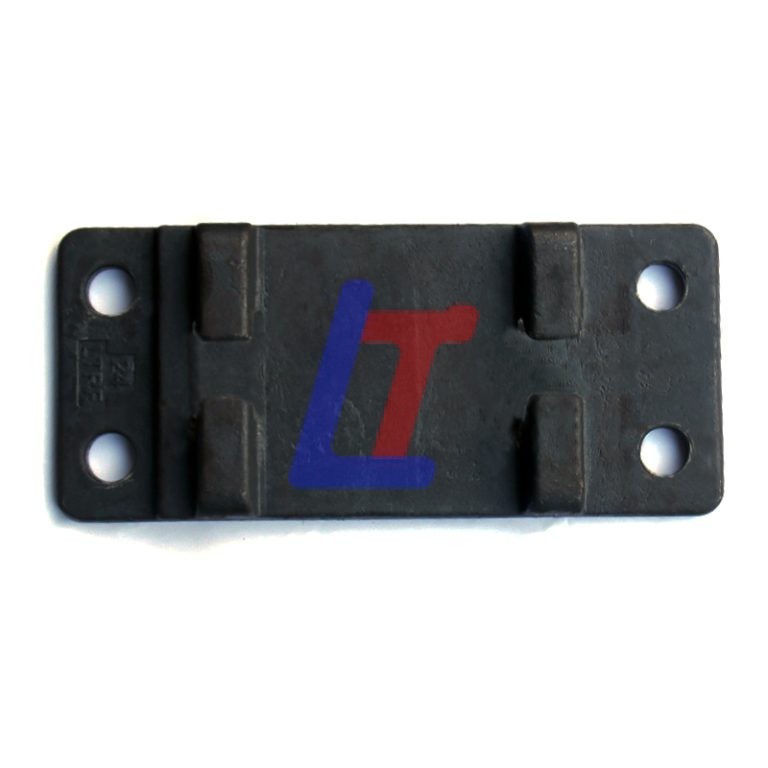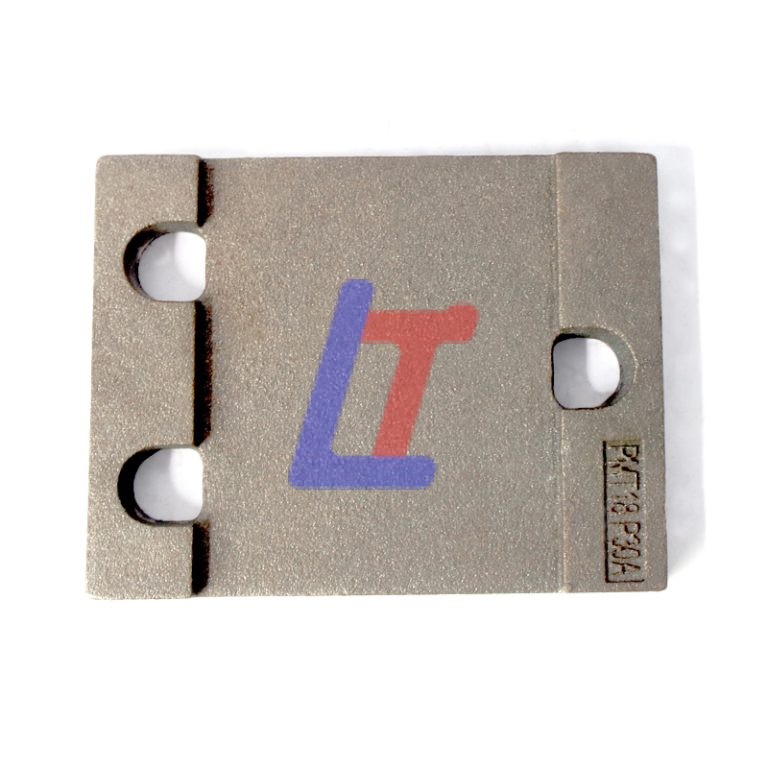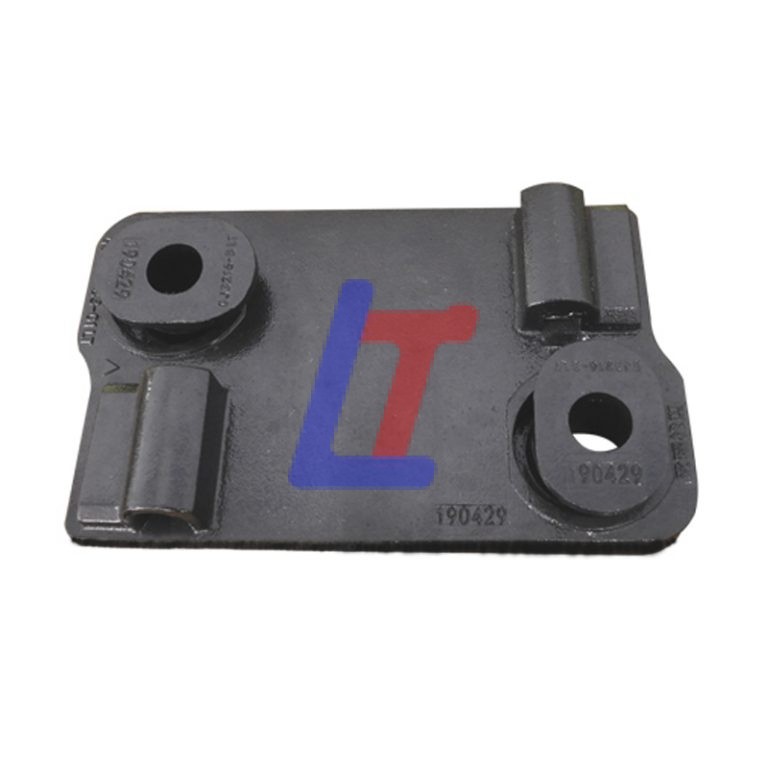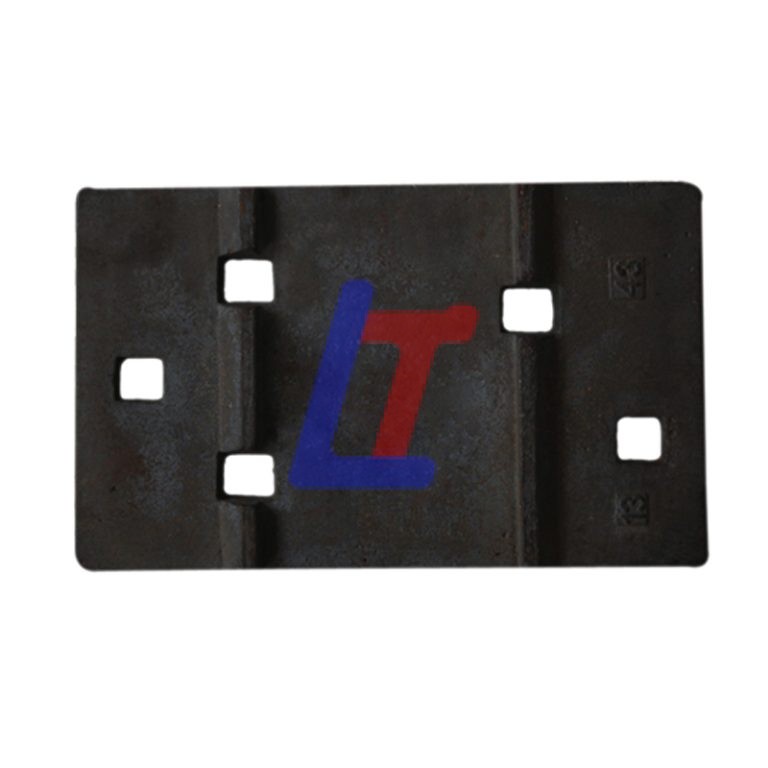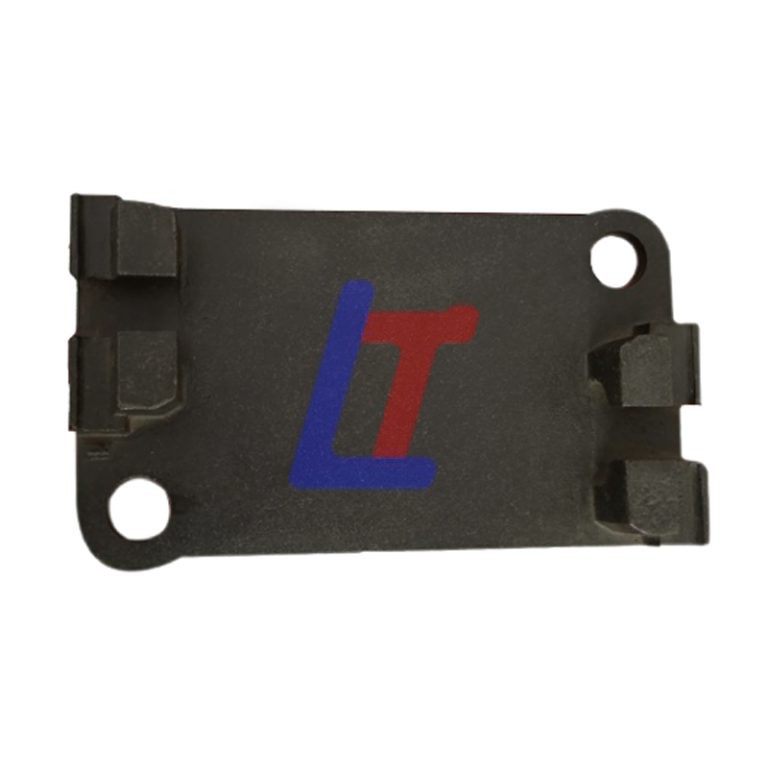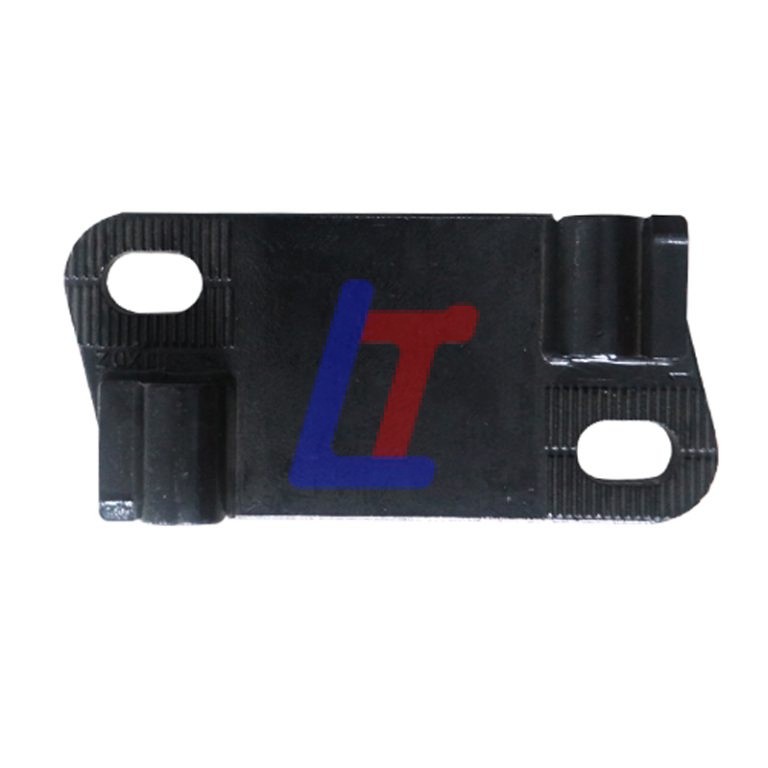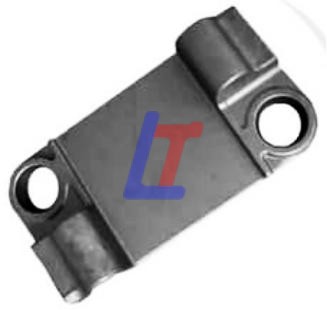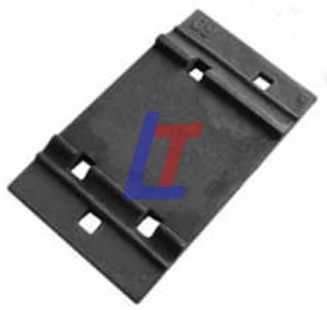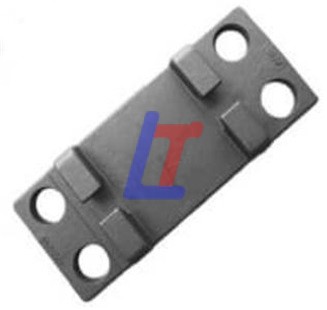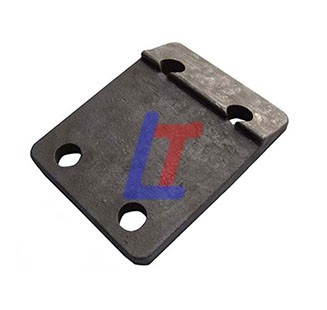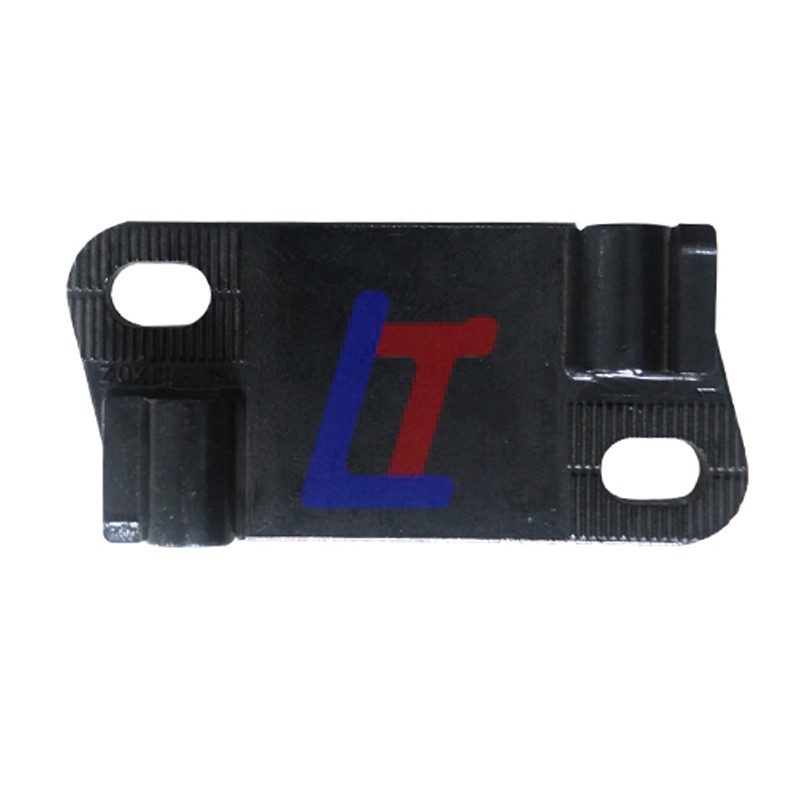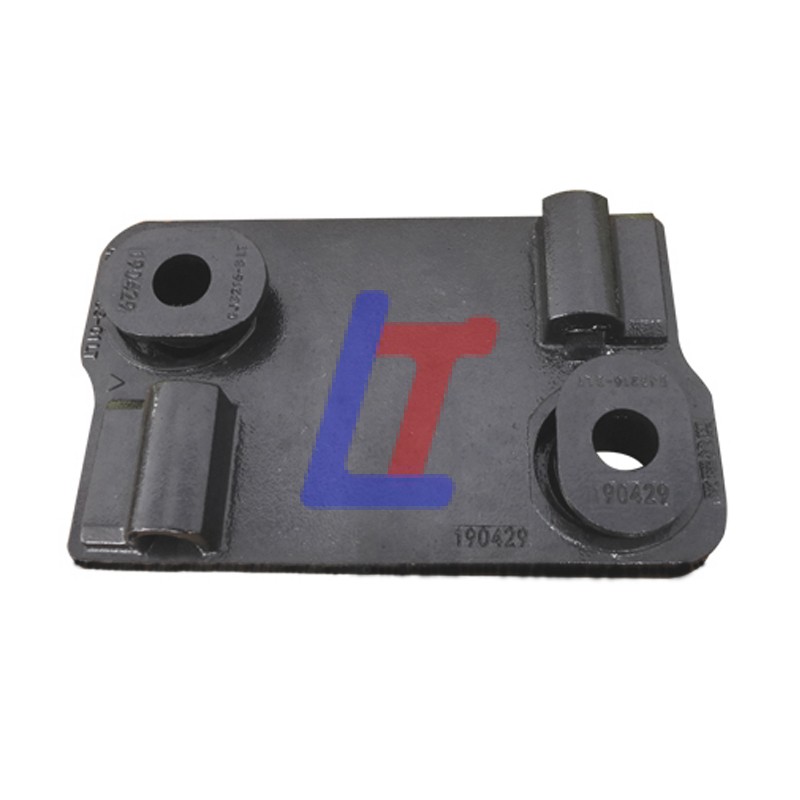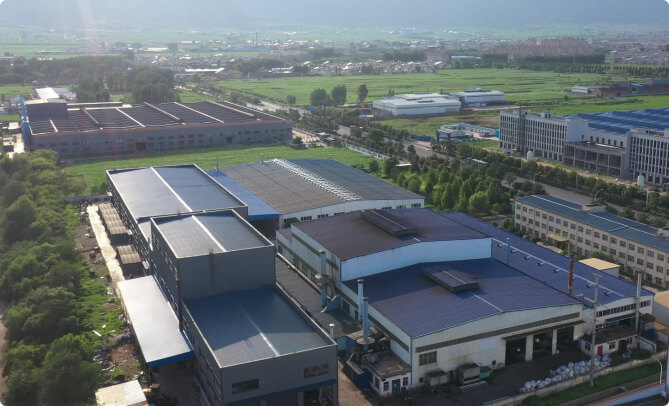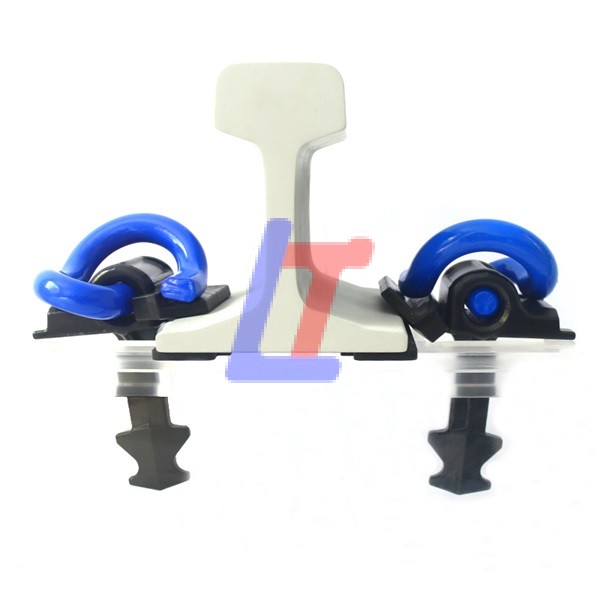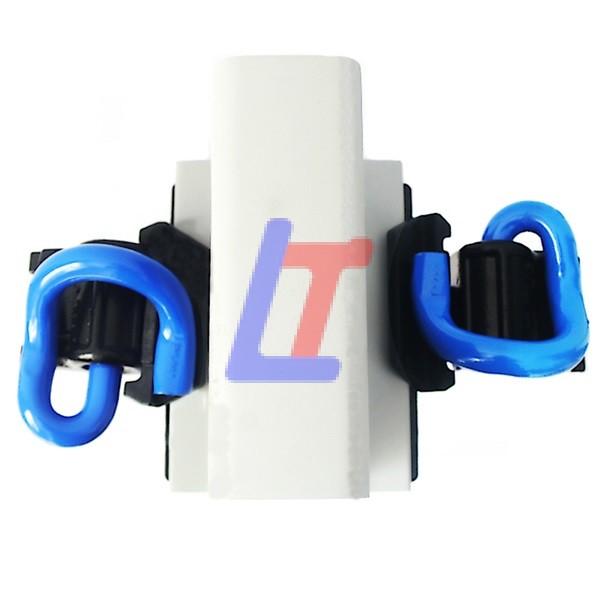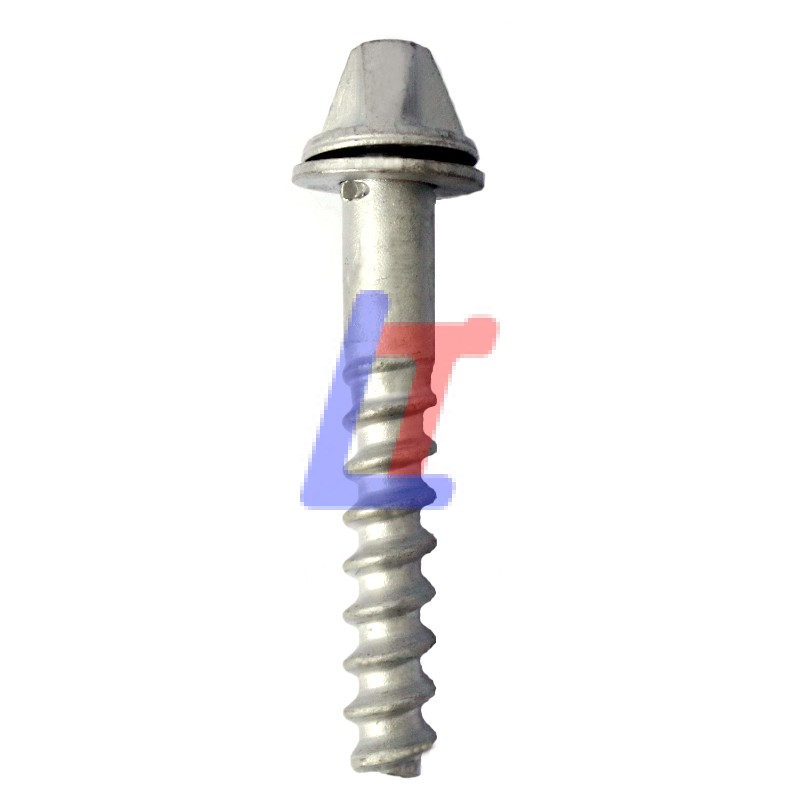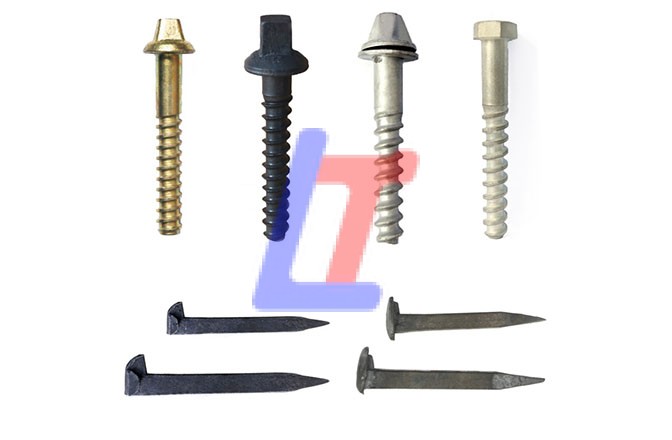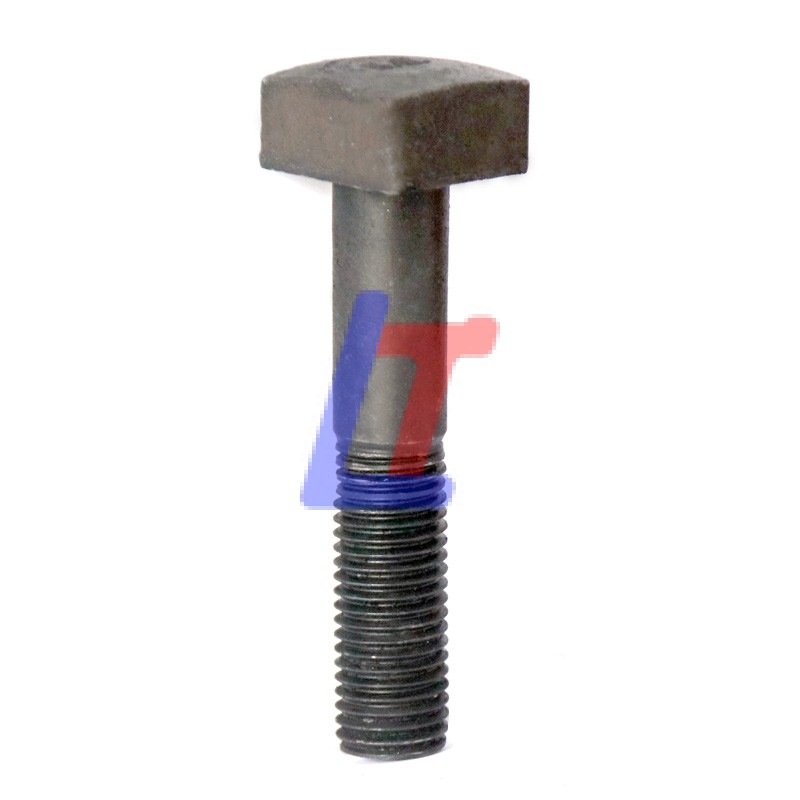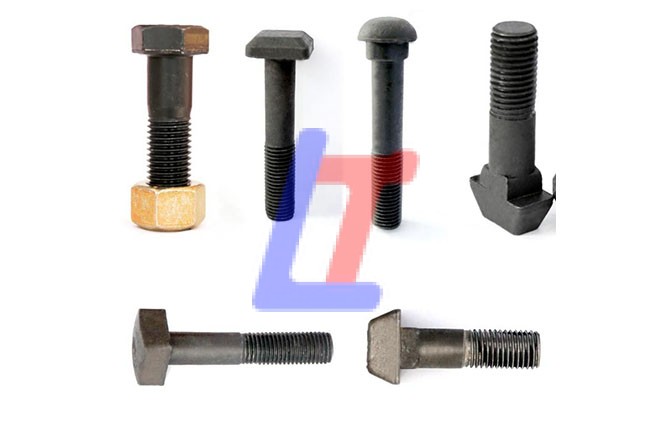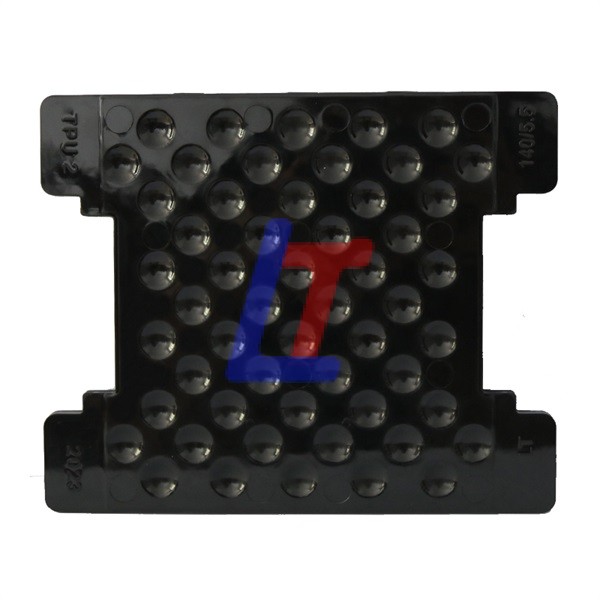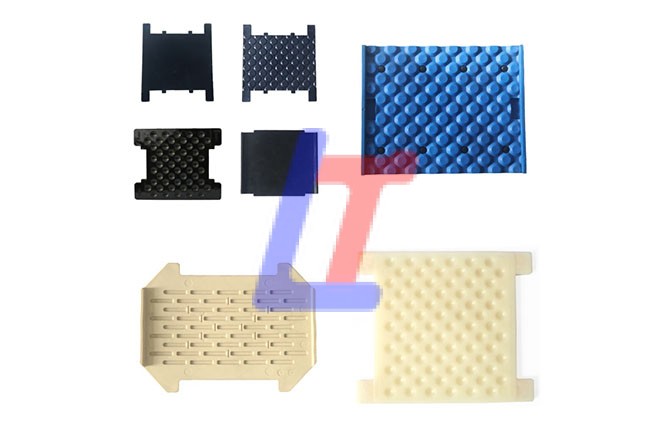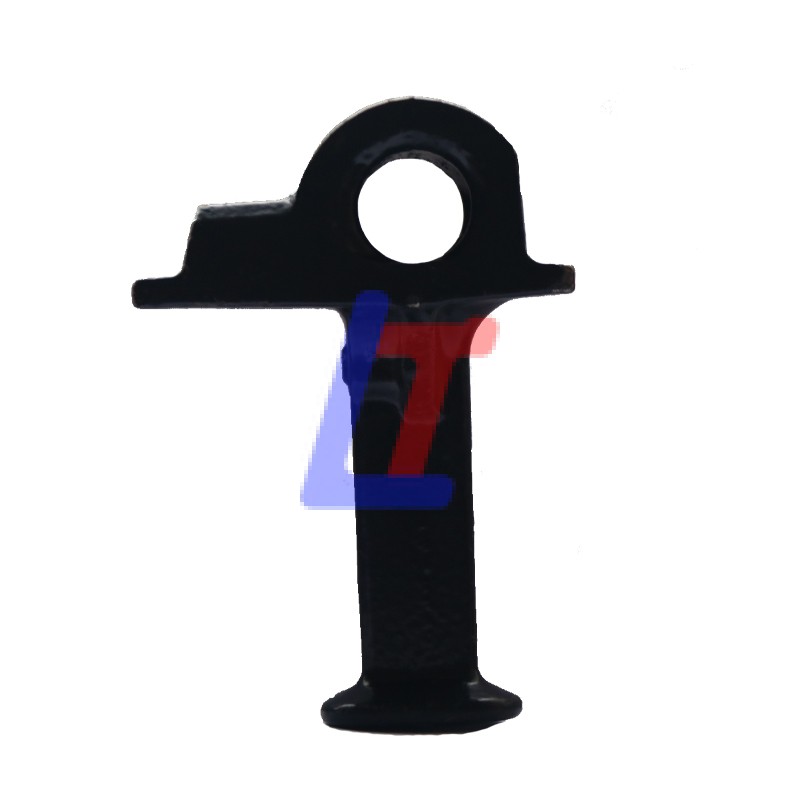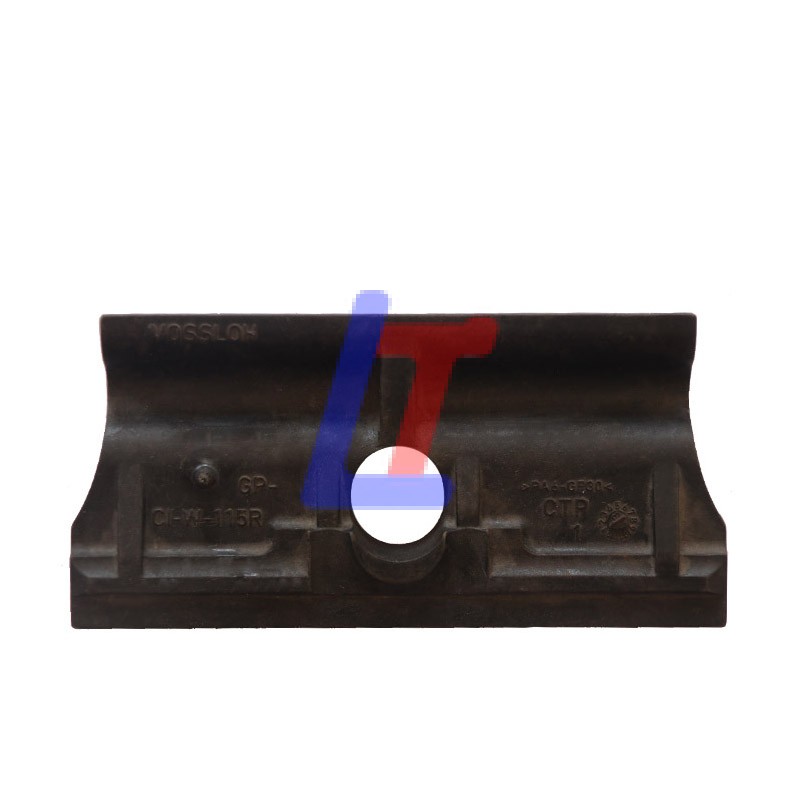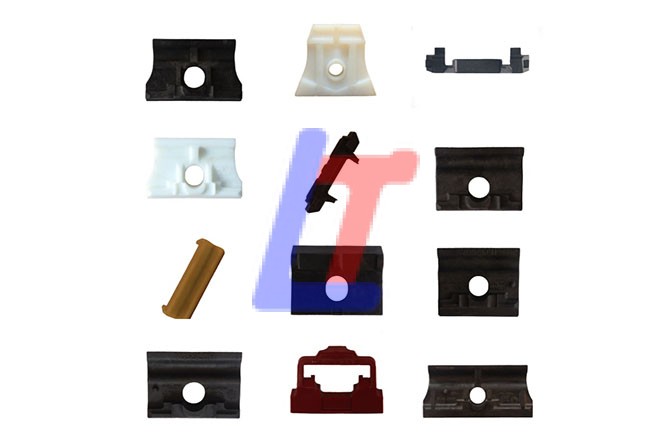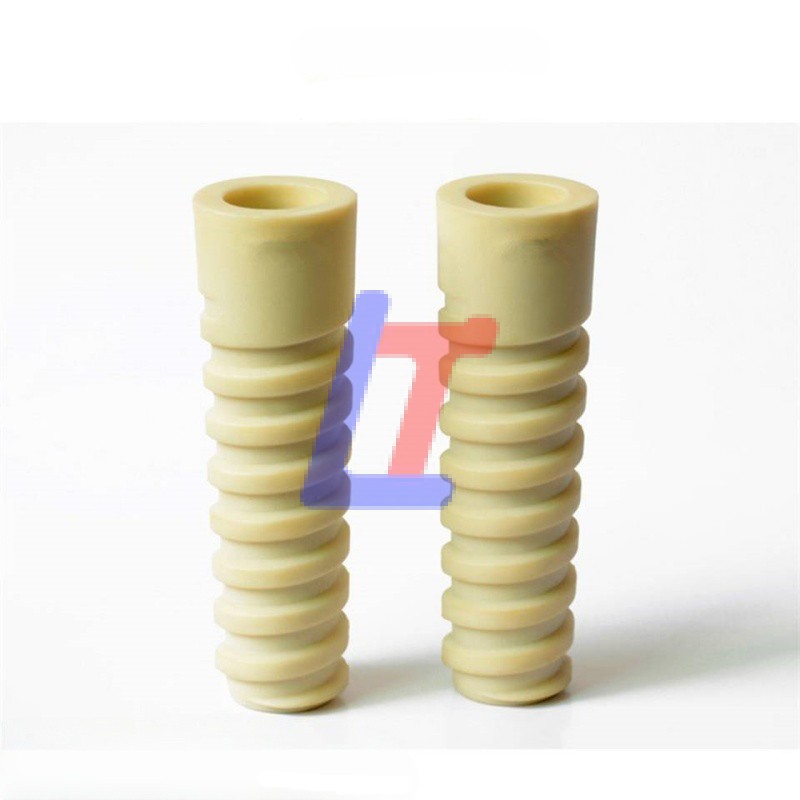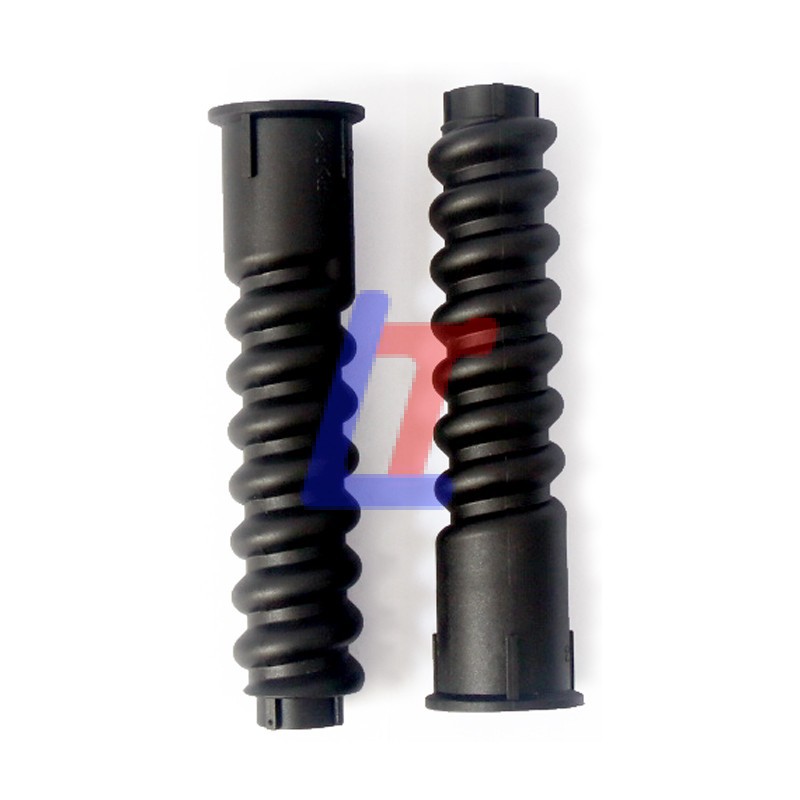Product Description of Rail Tie Plate
The role of the rail tie plate(also called Rail Base Plate) in the railway fastener system is extremely important.
1, Load Transfer:
It can adapt to the complex and changeable load conditions of the subway, evenly and quickly transfer various loads such as vertical, lateral, and longitudinal loads to the track bed and tunnel structure, buffer and absorb dynamic impact loads, and protect the lower structure.
2 , Track Stabilization:
In cooperation with the fasteners, it strictly controls the gauge accuracy, provides lateral resistance in the curved sections, ensures the stability of the track alignment, and guarantees the safe and smooth operation of the trains.
3, Vibration and Noise Reduction:
Working together with the elastic components, it enhances the track elasticity, absorbs and buffers vibrations, reduces the transmission of vibrations to the surroundings, lowers the noise level, and improves the riding experience and the urban environment.
4, Convenient Maintenance:
It is convenient for adjusting the geometric parameters of the track. The steel rail bearing plates can be replaced individually, which improves the maintenance efficiency and reduces the impact on the operation.
5, Electrical Insulation:
Insulating materials or coatings are used to ensure the accuracy and reliability of the signal system, reduce stray currents, and prevent the corrosion of tunnel facilities and other structures.
In the field of casting, Linzhou Public Service Railway Equipment Manufacturing Co., LTD has advanced technologies and sophisticated equipment. Its products are not only widely used in 34 provinces and regions across China, but also exported to Europe, the Americas, Africa, the Middle East, Southeast Asia, Central Asia and other regions.
Examples of rail tie plates
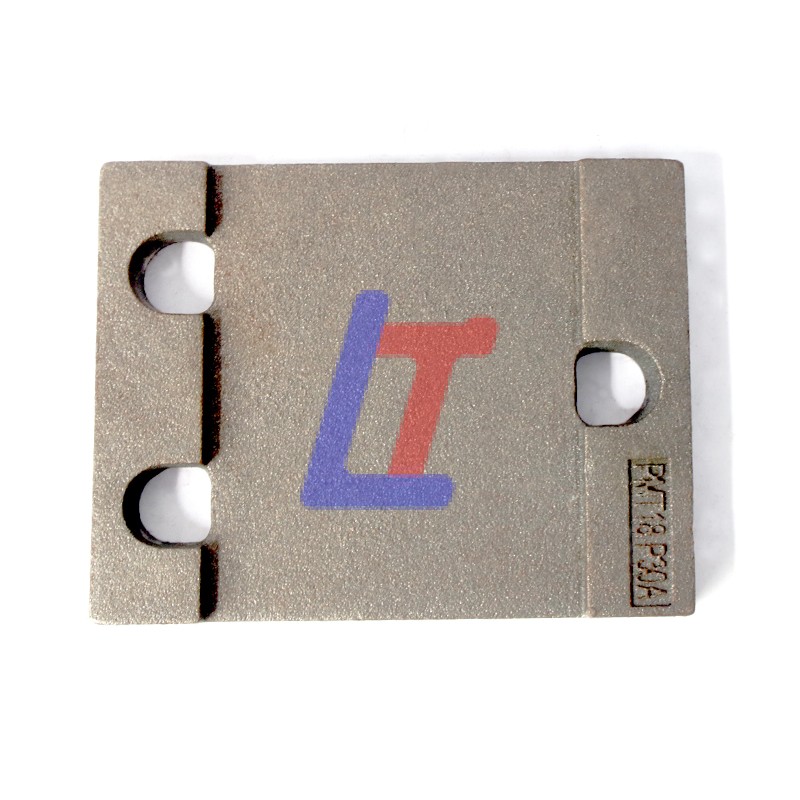

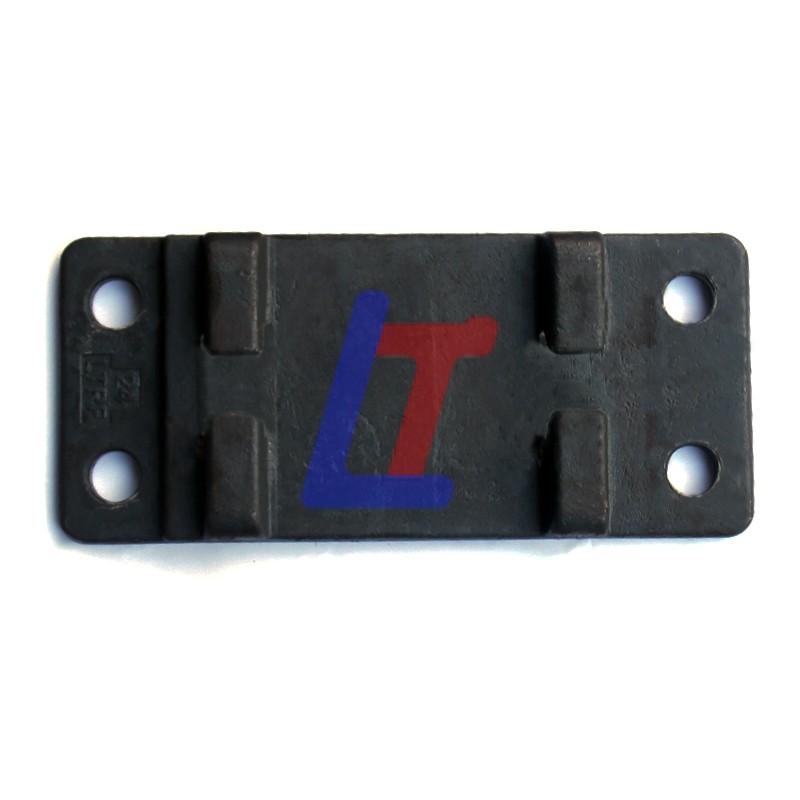
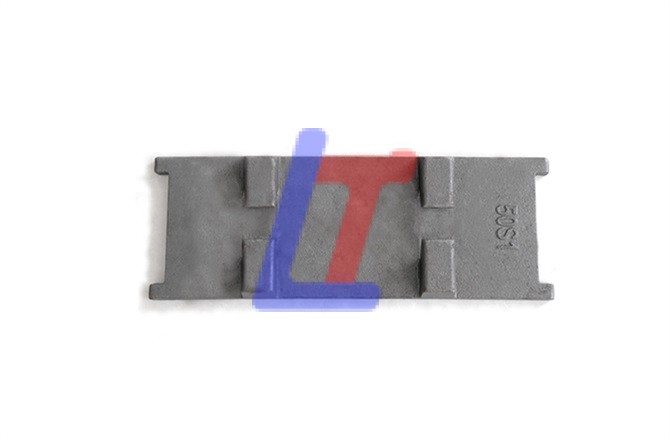
Technical Specifications
|
Technical Specifications |
|
|
Material |
Low carbon steel, high carbon steel, and casting iron. |
|
Surface |
Plain, Painting, Electrostatic spraying |
|
Standards |
UIC, AREMA, BS, RDSO, DIN, JIS, ISCR, GB, VALEC, GOSTR- EASC, GB/T, TB/T, other upon requirements |
|
Size |
For rails of 90RA-A, 100RE, 115RE-119RE, 132RE-136RE,UIC60, UIC54, S48 rails |
|
Processing way |
Casting, forging, or rolling |
Advantages
How to Find a Qualified Rail Fastener Manufacturer?
Please choose LTRF.
Why Choose LTRF?
- Strong Technical Expertise
LTRF boasts a dedicated R&D center. Moreover, it maintains long-term collaborations with major industry players such as China Railway, CRCC, and the Academy of Railway Sciences. In addition, it also partners with leading railway universities. As a result, LTRF has been able to develop various innovative fastening systems for both domestic and international markets. Notably, all these systems possess independent intellectual property rights. Indeed, to date, LTRF holds over 30 invention and utility model patents.
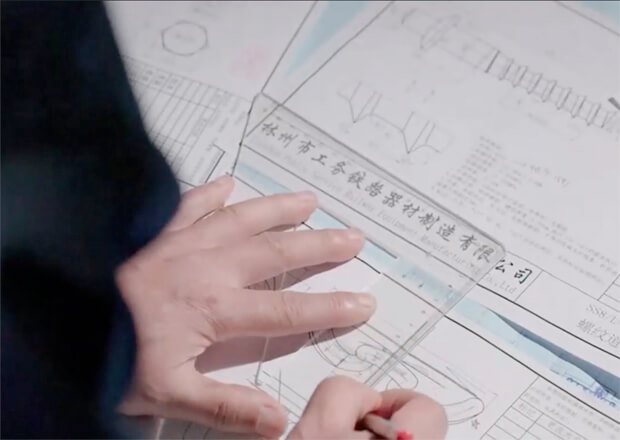
- Professional Manufacturing
LTRF always aims for the best. We carefully choose the materials we use and make sure every part is made with great care and skill. And we believe in doing things perfectly, so we keep coming up with new ideas and check the quality of our products very carefully to make sure they’re good.
We work fast to make sure you get your order on time. And we offer good service before and after you buy something. At LTRF, we also focus on what our customers need. We’re committed to making good products and providing great service in everything we do.
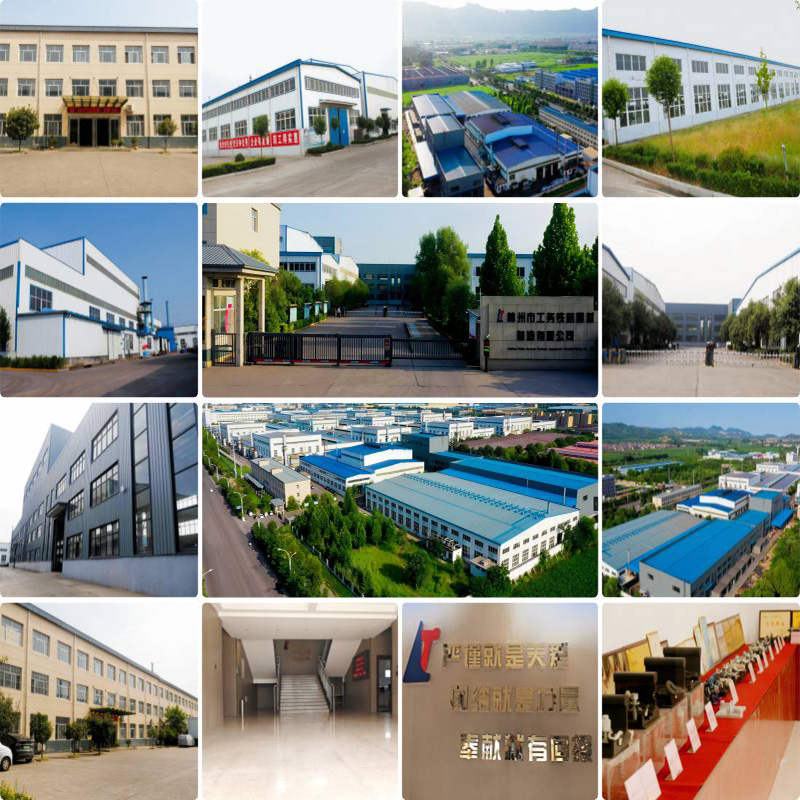

- Competitive Pricing + Superior Quality
LTRF control the cost of each process, and the finance department updates the cost calculation regularly.
Furthermore, LTRF’s advanced testing equipment endows the company with comprehensive quality inspection capabilities for the entire fastener system. This meticulous quality-control measure is crucial for ensuring product reliability. Importantly, LTRF holds ISO and CRCC certification for railway products. These certifications not only demonstrate the company’s compliance with international and industry-specific standards but also enhance its credibility in the market.
